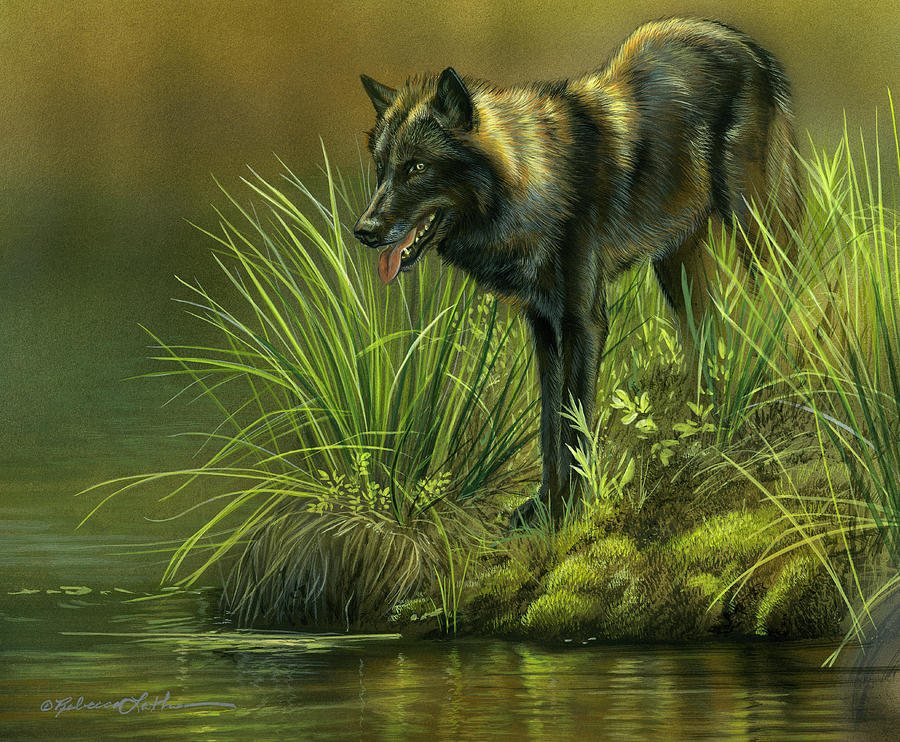Art has an extraordinary way of uncovering the deep emotional currents within us—particularly when it comes to wildlife. Some creatures seem to speak directly to the human heart, evoking a sense of wonder, admiration, or even sorrow. But why is it that certain species seem to ignite these responses more than others?
It is not simply their beauty, though beauty plays a role. A fawn standing hesitantly at the forest’s edge, eyes wide with innocence, stirs within us a sense of gentleness and protection. The piercing gaze of a great horned owl, shadowed by ancient wisdom, commands respect and reverence. Even the quiet dignity of a wolf, its silhouette blending into the twilight, conveys something primal—something beyond words.
Perhaps it is familiarity that shapes our emotional connections. Species that bear similarities to our own behaviors—ones that nurture their young, display loyalty, or exhibit moments of vulnerability—tend to strike a deeper chord. We recognize fragments of ourselves in them: in the playful curiosity of a fox kit, in the mourning call of a loon, in the cautious trust of a deer.
And then there are those creatures that remind us of fragility—the ones that feel as though they exist on borrowed time. The rare, the threatened, the ones whose survival seems uncertain. When we see these species, something stirs within us—a quiet urgency, a call to protect what is slipping away.
It is in these emotions that conservation finds its roots. The species that move us are often the ones we feel compelled to defend. This is the power of art—not just to depict, but to ignite feeling, to remind us that these animals are not distant figures in an untouchable wilderness, but part of a shared world.
If emotion can awaken responsibility, then perhaps that is the greatest purpose art can serve. To inspire—to make us pause, to make us care, and ultimately, to make us act.
